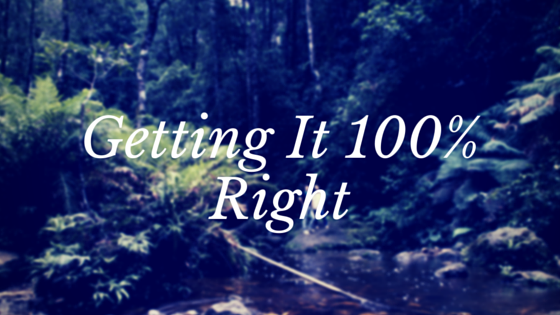
Currently I am in the planning stages of introducing my wife to backpacking. She loves hiking but has never been camping. So now I’m attempting to devise the perfect backpacking trip as an introduction. A trip where everything goes exactly right is basically impossible, especially since the definition of adventure is “an unusual and exciting, typically hazardous, experience or activity.”
Looking at my last backpacking trip, what stands out in those memories beyond the time spent with my friends, is the scene of thunderheads coming up river towards our camp and being driven from my hammock to spend the night snuggled up with my dog in an attempt to stay warm and dry.
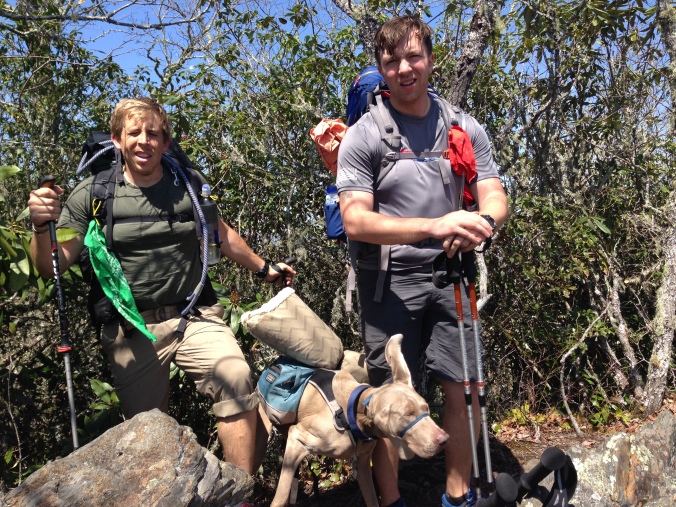
Most people have recommended that I start with a simple car camping trip, but that is like comparing riding Splash Mountain to running the Colorado River. The real experience is walking in, setting up, and making do with what you carried in on your back. So picking somewhere where I think I can control the variables is important.
For that reason I’m going with somewhere I’m fairly familiar with, Uwharrie National Forest. I have previously run Uwharrie Mountain Run there twice along with a few training runs so I feel fairly comfortable there. I know there are several great spots along streams that are flat and provide great campsites.
All that I am waiting for is a weekend where we are not busy and the weather cooperates. Then the adventure is on! Now I do not want it to come across as if my wife is high maintenance, which is far from the truth. In reality, it is my own neuroticism that wants it to be perfect. It’s like when you show someone your favorite movie and you keep looking at their face to see if they are enjoying it for the same reasons you love it. I think this is a common feeling as you attempt to share a passion with someone. I think part of it is an attempt to relive that first time again vicariously through your partner.
Hopefully this all works out as I want to start planning bigger backpacking trips for us so we can start exploring our National Parks. Whenever this introductory trip happens I will be sure to share the trip report here.
Have you introduced a partner to one of your passions? How did it go? What suggestions do you have? Please comment below, and any advice would be much appreciated.
UPDATE: Paul’s Boots has started their journey on the Appalachian Trail!
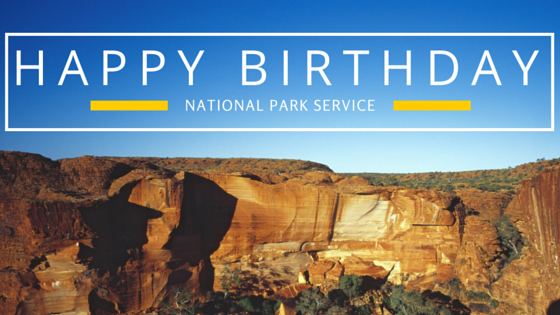
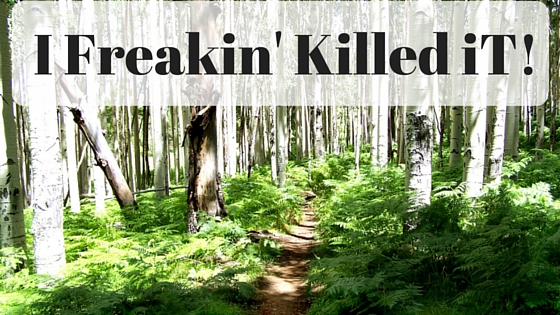
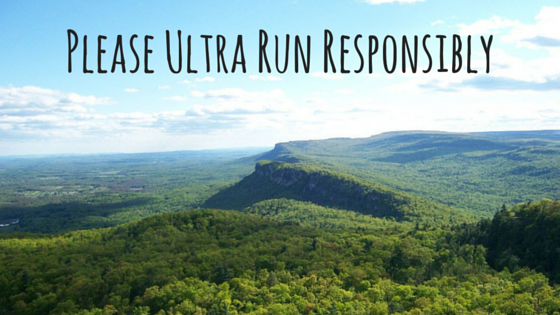

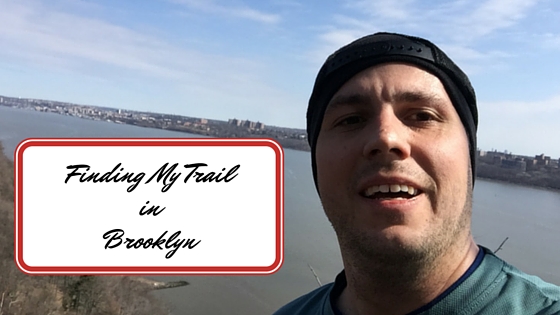
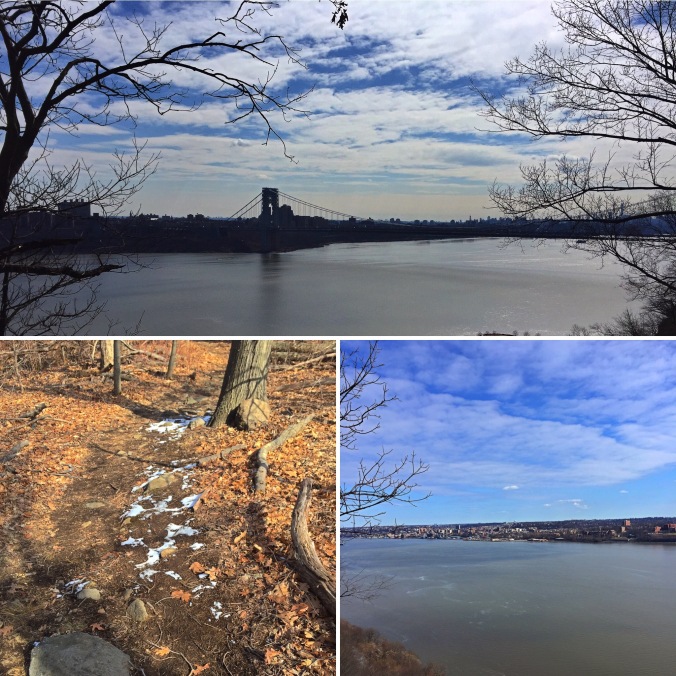

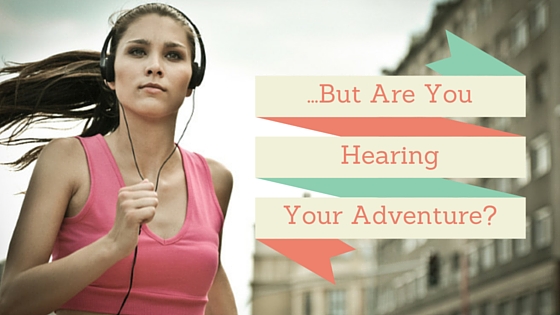

Recent Comments